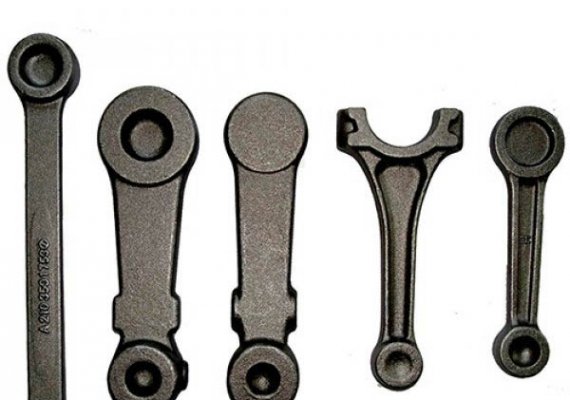When the steel is heated before forging, it should reach the specified initial forging temperature as soon as possible. However, if the temperature rises too fast, the steel material may crack due to excessive temperature stress. On the contrary, if the temperature rise rate is too slow, it will reduce productivity and increase fuel consumption. Therefore, in actual production, steel materials should be heated according to certain heating specifications.


The so-called heating specification (heating system) refers to the regulation of the temperature of the furnace and the temperature of the steel material over time from the beginning of the furnace loading to the completion of the heating. For application convenience and clarity, the heating specification is represented by a temperature-time variation curve, and it is usually represented by a furnace temperature-time variation curve (also known as a heating curve).
General heating specifications include the following: furnace temperature during charging, heating rate, final heating temperature, heating (holding) time of each section and total heating time, etc.
The correct heating specification should ensure that the copper material does not produce cracks during the heating process, overheating and overburning, uniform temperature, less oxidation and decarburization, short heating time, and fuel-saving. In short, under the premise of ensuring the heating quality, we strive to make the heating process as fast as possible.
The formulation of heating specifications is to determine the furnace temperature, heating rate, and heating time at different periods of the heating process. Generally, the heating process can be divided into three stages: preheating, heating, and soaking. In the preheating stage, the main reason is to reasonably specify the furnace temperature during charging; in the heating stage, the key is to select the correct heating rate; in the soaking stage, the temperature of the steel should be ensured to be uniform and the holding time should be given.


1. At the beginning of the preheating stage of the charging furnace temperature, the temperature of the steel material is low and the plasticity is poor, and there is also a blue brittle zone. In order to avoid excessive temperature stress-causing cracks, the furnace temperature (referred to as Furnace temperature). The temperature of the charging furnace depends on the temperature stress and is related to the temperature conductivity of the steel and the size of the billet. Generally speaking, the temperature of the charging furnace is not limited to steel with good temperature conductivity and small section size. On the contrary, for steel materials with poor temperature conductivity and large cross-sectional dimensions, the charging furnace temperature should be limited.
2. Heating rate The heating rate is generally expressed by the change in the surface temperature of the steel within a unit of time. In the heating specification, there are two different heating speeds. One is called the maximum possible heating rate, and the other is called the allowable heating rate of steel.
The maximum possible heating rate refers to the heating rate that the furnace can reach when the furnace is heated according to the maximum heating energy. It is related to the structure of the furnace, the type of fuel and combustion conditions, the shape and size of the billet and the method of placing it in the furnace, etc. The allowable heating rate of the steel is the allowable heating of the steel while maintaining its integrity. speed. It depends on the temperature stress generated when the steel is heated and is related to the temperature conductivity, mechanical properties, and blank size of the steel.
Like this page? Share it with your friends!


